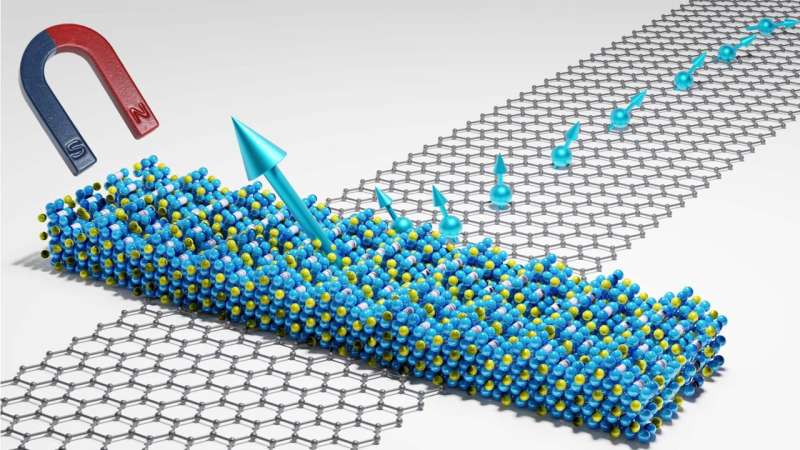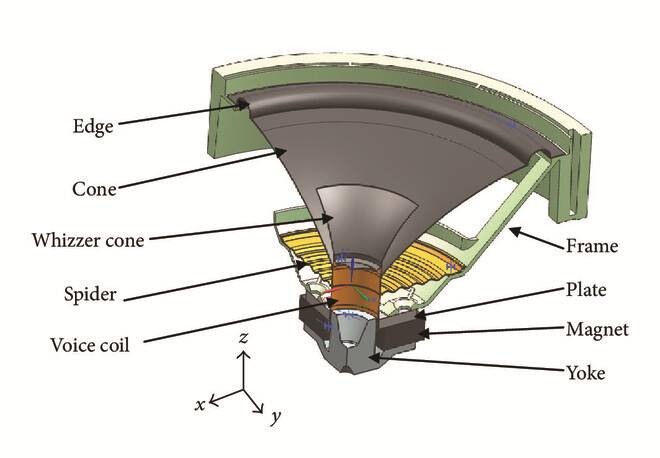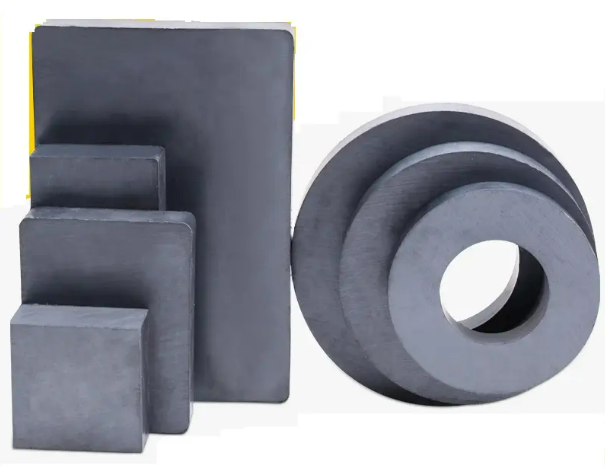Classification and Characteristics of Ferrite Magnets
Ferrite magnets have a high coercivity and are not easy to demagnetize after magnetization. The raw materials of ferrite magnets are mainly strontium oxide or barium oxide and iron trioxide (other chemical components such as cobalt (Co) and lanthanum (La) are added to some specific high grades to improve their magnetic properties). Ferrite magnets are mainly used in speakers, earphones, motors, and various instruments. In this article, we'll take a look at the classification and characteristics of ferrite magnets.  Classification and Characteristics of Ferrite Magnets
Classification and Characteristics of Ferrite Magnets
Classification of Ferrite Magnets
According to different production processes, ferrite magnets can be divided into sintered ferrite magnets and bonded ferrite magnets. Among them, sintered ferrite magnets are divided into dry-pressed ferrite magnets and wet-pressed ferrite magnets, and bonded ferrite magnets are divided into extruded ferrite magnets, press-formed ferrite magnets, and injection-molded ferrite magnets. According to whether an external magnetic field is applied during molding, ferrite magnets can be divided into isotropic permanent magnets and anisotropic permanent magnets. Isotropic sintered ferrite magnet has weak magnetic properties, but it can be magnetized in different directions of the magnet. Anisotropic ferrite magnets have strong magnetic properties, but they can only be magnetized along the predetermined magnetizing direction of the magnet. The soft, elastic, and twistable magnet compounded by bonded ferrite powder and synthetic rubber is also called the rubber magnet.
The Production Process of Sintered Ferrite Magnets

Characteristics of Ferrite Magnets
1. Ferrite magnets have the characteristics of high coercivity and low remanence in performance. 2. Ferrite magnets have a large coercive force and strong anti-demagnetization ability and are suitable for working in dynamic magnetic circuit environments with large temperature changes. 3. Ferrite magnets are hard and brittle and can be cut with emery tools. 4. Its main raw material is oxide, so it is not easy to corrode and generally does not require plating. 5. Its operating temperature is -40°C to +300°C.
Grades of Sintered Ferrite Magnets
 Grades of Sintered Ferrite Magnets
Grades of Sintered Ferrite Magnets
Grades of Bonded Ferrite Magnets
 Grades of Bonded Ferrite Magnets
Grades of Bonded Ferrite Magnets
Conclusion
Thank you for reading our article and we hope it can help you to have a better understanding of the classification and characteristics of ferrite magnets. If you want to learn more about ferrite magnets or other types of magnets, we would like to advise you to visit Stanford Magnets for more information. As a leading magnet supplier across the world, Stanford Magnets has been involved in R&D, manufacturing, and sales of magnets since the 1990s. It provides customers with high-quality permanent magnets like SmCo magnets, neodymium magnets, AlNiCo magnets, and ferrite magnets (ceramic magnets) at a very competitive price.















